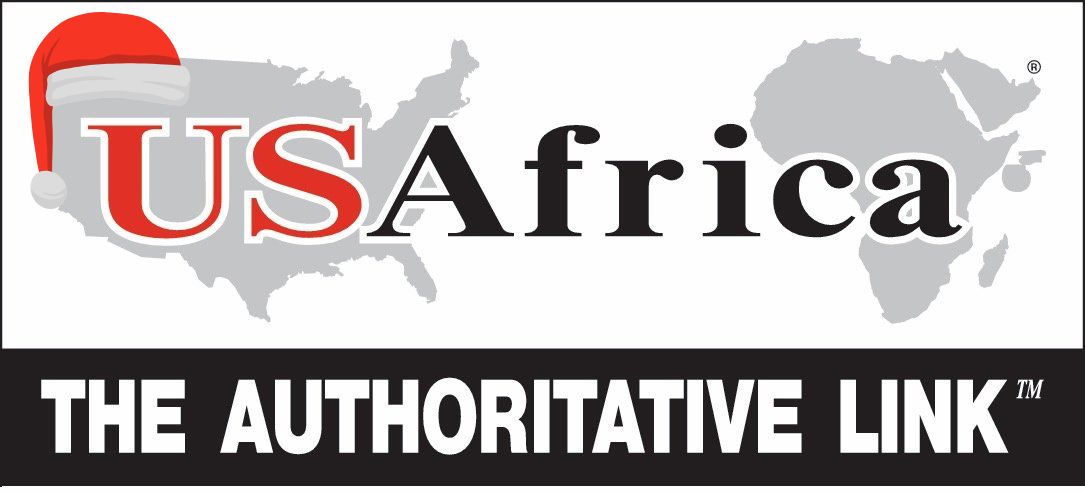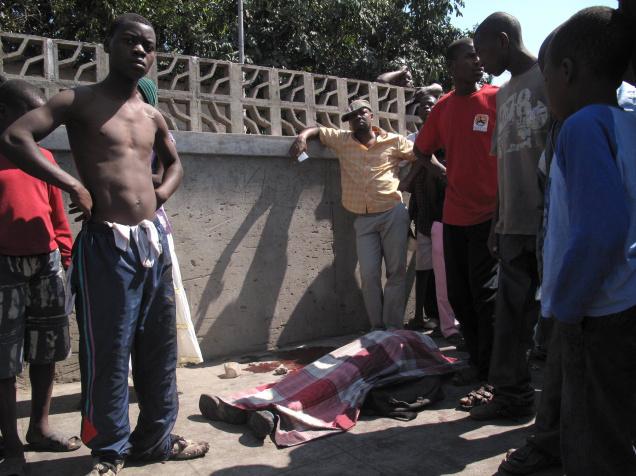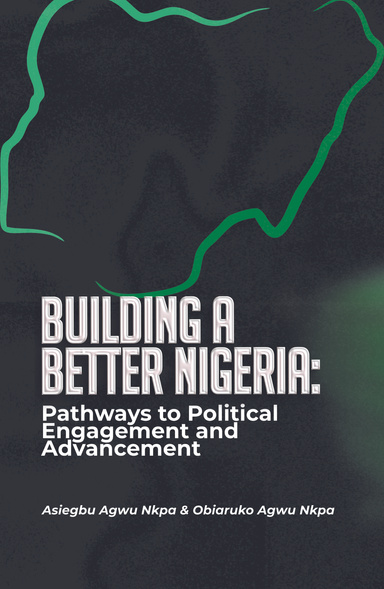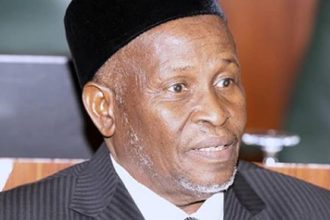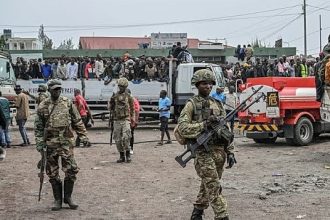
After FOOD RIOTS in southern African country of Mozambique, 7 dead, 250 injured and second day is calm….
Special to USAfricaonline.com
MOZAMBIQUE’S capital endured a second day of deadly rioting over rising food prices yesterday as the UN warned that the effects of a global spike in the cost of staples would hit the world’s poor the hardest.
Shops were looted, cars set ablaze, roads barricaded and one of the Maputo protesters killed, bringing the death toll to seven after two days of violence prompted by soaring bread prices. One of the dead was a six-year-old girl on her way home from school.
The rioting has given rise to fears of a return to the political instability caused by rising food prices in 2008, when Haiti, Kenya and Somalia were particularly hard hit. Prices of staples on world markets have spiked as a result of a recent Russian ban on exporting grain, with a wheat shortage pushing up the cost of substitute cereals such as rice and maize.
“For many people in the poorer countries, it is a matter of life and death,” said Abdolreza Abbassian, an economist at the Rome-based UN Food and Agriculture Organisation. In a report this week, the body blamed rocketing wheat prices in part on the Russian export restrictions introduced after the past months’ bushfires and drought.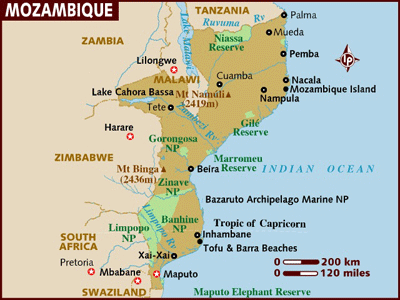

Russian Prime Vladimir Putin yesterday ruled out relaxing the export ban – designed to keep domestic prices stable and prevent social unrest in Russia – until after next year’s harvest, mid-2011 at the earliest. New fires killed one person and destroyed 113 houses yesterday as strong winds fanned flames in the Volgograd region.
Some officials and charities blame financial speculators for exacerbating the recent price rises and taking advantage of this year’s relatively modest shortages. They point out that the burden of higher staple prices falls disproportionately on the world’s poorest. This year’s world grain harvest is forecast to be down on last year, but is still likely to be the third-highest on record.
Daniele Donati, the director for FAO emergency operations in Asia, the Middle East and Europe, said another factor contributing to the price surge was the demand from Pakistani farmers for wheat seed for the next sowing season after floods devastated much of the country’s farmland and stock.
This year’s forecast for global rice production has been cut in the light of the Pakistan floods and lower crop expectations in China, Egypt, India, Laos and The Philippines.
The FAO’s food price index last month reached its highest level since September 2008, rising by 5 per cent to an average of 176 points. The report forecasts that the global wheat crop will be 648 million tonnes, down 5 per cent from last year.
“We live in a world of complex linkages,” Mr Abbassian said.
“The high-income countries can pay even if cereal prices double. For them, it is not such a big deal. Many people in Asia and Africa simply do not have that option. For them, the only choice is to cut out a meal. That is the only adjustment they can make.”
Other vulnerable countries, particularly in sub-Saharan Africa, are bracing themselves for instability as staple prices rise.
Mr Abbassian said the looming food crisis differed from that experienced in 2007-08, when high oil prices and a growing demand for biofuels pushed world food stocks to their lowest levels since 1982. Wheat market supplies then were “tight but adequate”, with the US making up much of the shortfall.
However, Alexander Cobham, a spokesman for Christian Aid, said the exact causes mattered little to those who were hungry. “When you see prices at this level, it exposes the vulnerability which comes from inequality,” he said.
Countries that suffered from failing crops or were dependent on imports “simply do not have the hard currency. The poorest people have no cushion.”
Mr Cobham said it was too soon to say to what extent price rises were the result of the actions of speculators, but there had been “bubbles”, which moved prices away from supply and demand conditions – and, again, the worst-affected were the most vulnerable.
That appeared to be the case in Mozambique yesterday, where many of the protesters said they were hungry and unable to afford bread, the cost of which has risen by a quarter in the past year.
Despite a fast-growing economy, Mozambique – one of the world’s poorest countries, with a population of 23 million – was also hit by protests two years ago over fuel and transport prices that left six dead.
Home Affairs Minister Jose Pacheco said the latest protests were illegal “and will not contribute to efforts by Mozambicans to fight poverty”.
Mozambique has also suffered from the rising costs of goods imported from South Africa after an appreciation in the value of the rand. President Armando Guebuza called for calm and condemned the killings and destruction of property.
“It is sad that people have used the right to demonstrate peacefully to turn it into violent protests,” he said.
“The government is aware of the poverty of the people. Combating poverty is part of the government’s five-year plan.”
The former Portuguese colony is still recovering from a 16-year civil war that ended in 1992. More than half of the population lives in poverty. The country ranks 175th out of 179 on the UN Human Development Index.
ref: The Times/Australia/AU/2010
